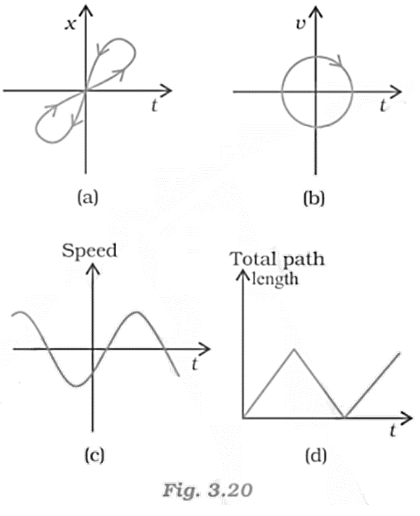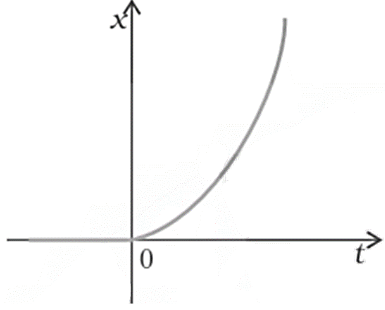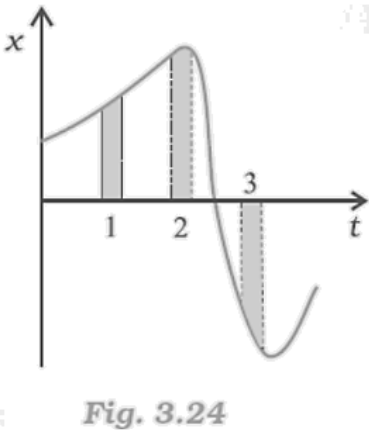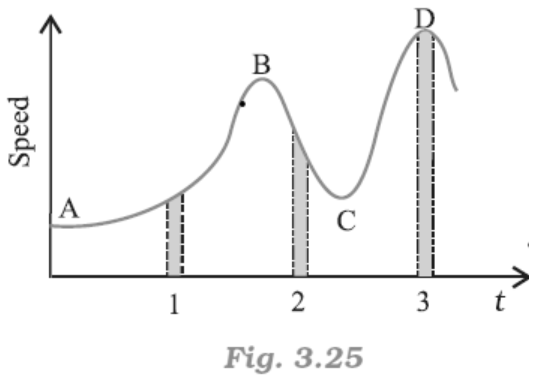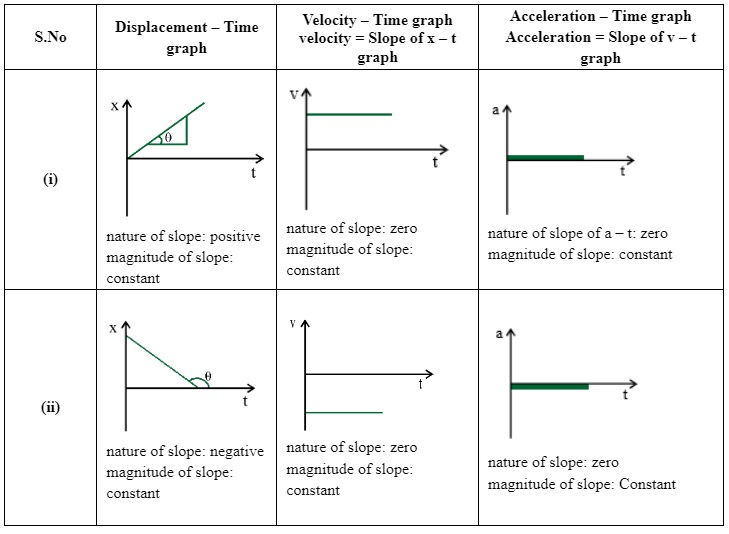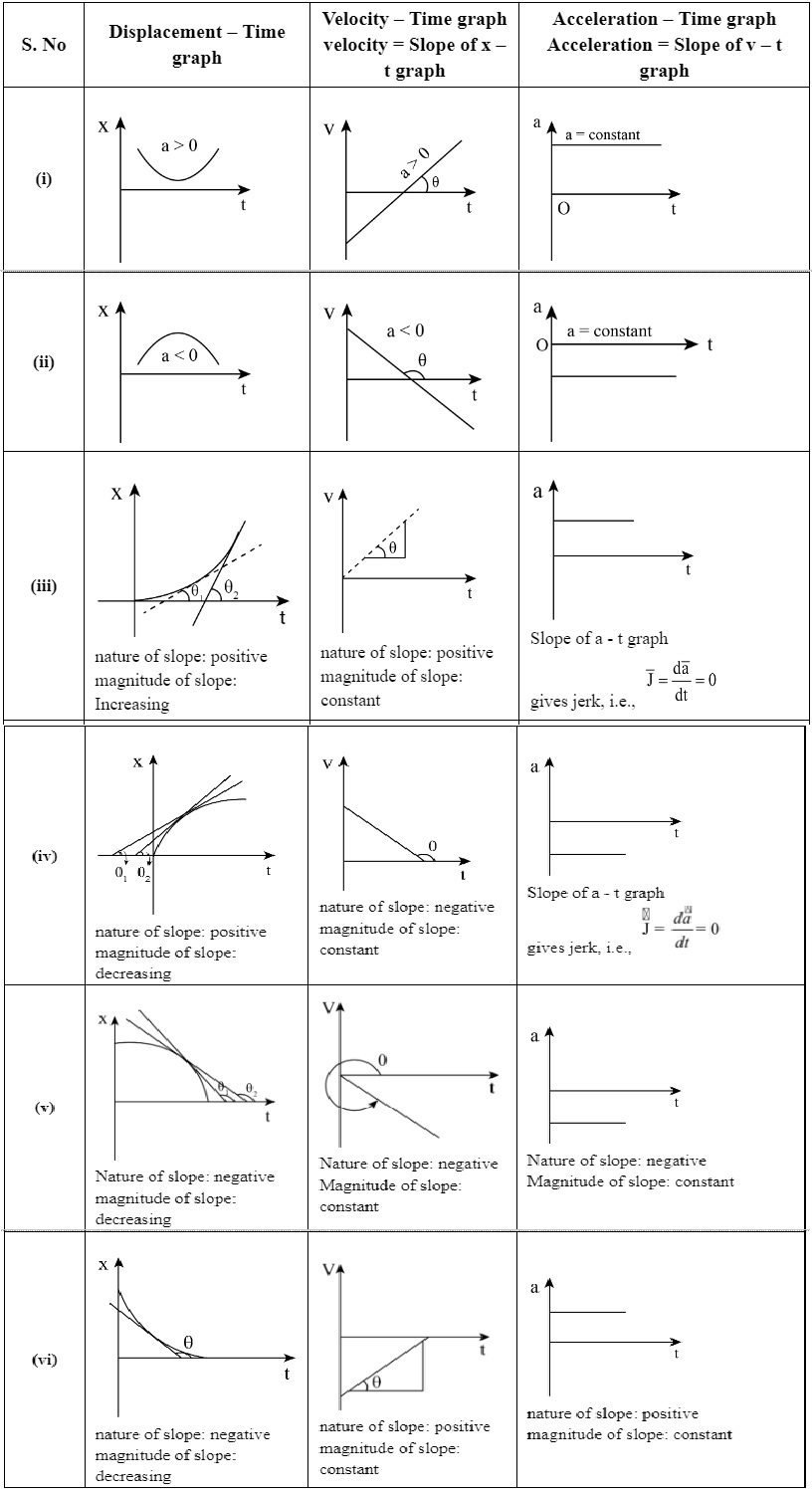NCERT Solutions for Class 11 Physics Chapter 2 Motion In A Straight Line - FREE PDF Download






FAQs on NCERT Solutions for Class 11 Physics Chapter 2 Motion In A Straight Line
1. If I'm not a Non-Medical Student, do I Still Need to Learn and Take Physics as One of the Subjects?
The answer to this question is both yes and no, you can opt for Physics even if you are not a non-medical student, but the only other branch which offers Physics as one of its subjects is medical. In that branch, you don't have maths as the main subject, but you can opt for maths as well. On the other hand, if you are from commerce or arts, you don't choose Physics. You can't opt for Physics as it's one of the core subjects and isn't easy. In the medical stream, you can opt for Physics.
2. If an Object has One Dimension Motion with a Positive Acceleration Value and Negative Velocity, is the Object Speeding up?
No, in this case, the object present in the starting point is not speeding up. As the velocity is negative, we can see that the particle is slowing down. This type of scenario happens only when the object is thrown upwards in the air. We can say the object is in acceleration if both the acceleration and the object's velocity have a positive value, or the object is falling from a height.
3. What are the contents of Chapter 3 of the Class 11 Physics textbook?
The theme of the chapter is Kinematics, motion in a straight line. Mechanics is a scientific term that refers to the study of the movement of physical objects. The chapter explains all the relevant terms in a simple and easy-to-understand language. The chapter distinguishes between rest and motion. You will also come across the terms position, distance, and displacement as well as the difference between speed and velocity. The chapter explains acceleration. The chapter also contains the units and mathematical representations.
4. What is the difference between distance and displacement according to Chapter 3 of the Class 11 Physics textbook?
Distance means the actual path traversed by the object whereas displacement refers to the difference between initial and final positions. The former is the scalar quantity while the latter is the vector quantity. The distance covered by an object is always positive; it can never be negative or zero. However, the displacement of an object can be either positive, negative, or even zero. The distance is dependent on the path traversed by the object but displacement is not dependent on the path.
5. What is the difference between speed and velocity Chapter 3 of the Class 11 Physics textbook?
Speed is the total path length covered by the object divided by the total time taken. Velocity is the change in position divided by time intervals. Speed is a scalar quantity. Velocity, however, is a vector quantity. Speed is always positive. Velocity, on the other hand, can be positive, negative, or zero. Speed is the time rate at which an object moves; speed is about how fast an object moves. Velocity is the rate and direction of the movement of an object.
6. What are the types of motion mentioned in Chapter 3 of the Class 11 Physics textbook?
The motion refers to changes in the position or orientation of an object with the change in time. Motion can be of two types- Uniform motion or Non-Uniform motion. Uniform motion exists when the object completes equal distance in equal time intervals. Non-Uniform motion, on the other hand, exists when an object completes unequal distance in equal intervals of time. During a uniform motion, the velocity of the object remains the same. When an object undergoes non-uniform motion, the magnitude of the velocity increases or decreases with time.
7. How can previous years’ questions help in preparation of Motion in a straight line chapter of Class 11 Physics?
Previous years’ questions enable you to understand the pattern of the question and analyse the trend of the questions asked. These papers will give you an idea regarding the topics that you should invest more time and effort on. These question papers should also motivate you to make notes accordingly. The previous years’ question papers will lend a direction to your preparation and you will feel more prepared and confident on the day of the exam. These papers are available on the official website of Vedantu or the Vedantu app. All the resources are free of cost.
8. In Motion In A Straight Line Class 11 NCERT Solutions, which motion travels in a straight line?
In Class 11 Physics Chapter 2, Motion In A Straight Line refers to the movement of an object along a straight path. This type of motion is characterized by having only one spatial dimension. Examples include a car driving on a straight road, a ball rolling down a straight hill, or an object falling freely under gravity (neglecting air resistance).
9. What are the two motions of a straight line mentioned in Physics Class 11 Chapter 2?
The two types of motion in a straight line are:
Uniform Motion: When an object moves with a constant speed in a straight line, covering equal distances in equal intervals of time.
Non-uniform Motion: When an object's speed varies as it moves along a straight line, covering unequal distances in equal intervals of time.
10. What are the important things in Motion In A Straight Line Class 11 Questions?
Important aspects of motion in a straight line include:
Displacement: The change in position of an object, considering direction.
Velocity: The rate of change of displacement with time.
Speed: The rate at which an object covers distance.
Acceleration: The rate of change of velocity with time.
Kinematic Equations: These equations relate displacement, velocity, acceleration, and time.
11. In Class 11 Motion In A Straight Line NCERT Solutions, Is motion always in a straight line?
No, motion is not always in a straight line. While this chapter focuses on straight-line motion, objects can move in various types of paths, such as circular motion, projectile motion, or any arbitrary path in two or three dimensions.
12. What is another name for a straight line motion in Motion In Straight Line Class 11 NCERT Solutions?
Another name for straight-line motion is rectilinear motion. This term is often used in physics to describe motion that occurs along a straight path.
13. What is the other name of motion in a straight line in Class 11 Physics Chapter 2 Exercise Solutions?
The other name for motion in a straight line is linear motion. This term highlights the one-dimensional aspect of the motion, indicating that it occurs along a single straight axis.





























